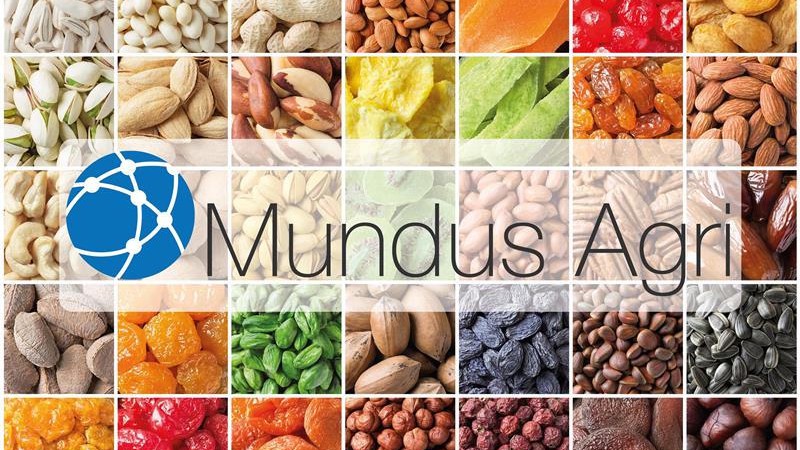Rapeseed: Lowering planted acreages, farmers try to circumvent expected lower demand
January 25, 2018 at 3:57 PM ,
Starry Night Ltd.

BULGARIA: According to the most recent USDA report on Oilseeds: World Markets and Trade, EU’s rapeseed output came to 22.10 mmt or by 1.56 mmt higher than that of last year while forecasted ending stocks are set for 1.13 mt. Regional market forces on the demand side (projected lower demand for the crop for the EU biodiesel sector) as well as on the supply side (ample supply within the Black sea region) seem to have been quite influential as to compel local farmers to reduce planting for next season to 172,659 ha or by 7% lower. Whether the cut in sowed acreages will provide favorable headwinds is still doubtful since the country briskly exports the majority of its crop in the few months after harvest, but one thing is certain: a reduction in next year’s output will make local farmers, as well as intermediary market player, forfeit the benefits of a higher output.
|
Harvest 2017-18 (01.07.2017 - 19.01.2018) units in MT |
|
|
Beginning availability |
25,000 |
|
Aggregate output |
458,110 |
|
Imports |
27,655 |
|
Domestic consumption |
44,800 |
|
oil & biodiesel production |
44,800 |
|
Exports to the world |
421,861 |
|
to EU markets |
388,365 |
|
to rest of the world |
33,496 |
Source: Bulgarian Ministry of Agriculture
Rapeseed: The narrowing of horizons
It is not the absolute curbing of output on an annual basis, as it is the relative one on the background of what the big regional producers and exporters within the Black sea basin have available, that factors in the potential of the country to successfully export the majority of its output. According to the most recent USDA report on World Agricultural Production, Ukraine’s rapeseed output was estimated to have reached 2.20 mmt or by 0.95 mmt higher on a yearly basis, the greater majority of which gets exported.
Regionally, Bulgaria has remained a dwarf in rapeseed production, when compared to rivals, and as a consequence, its export potential is first limited by its total production capacity. Quality of produce has not been an issue at all, and as a result, the crop swiftly finds its place to foreign markets – the majority of it is shipped to markets of the EU. According to local authorities, by the 19th of January 2018, the country exported 92.09% of its total output from harvest 2017-18, which was estimated to have been 458,110 mt. When quantities produced are relatively small while quality of crop is high, foreign demand dwindles when it hits a supply cap. That is what happened during the current marketing season. That is what will happen during the upcoming one!





